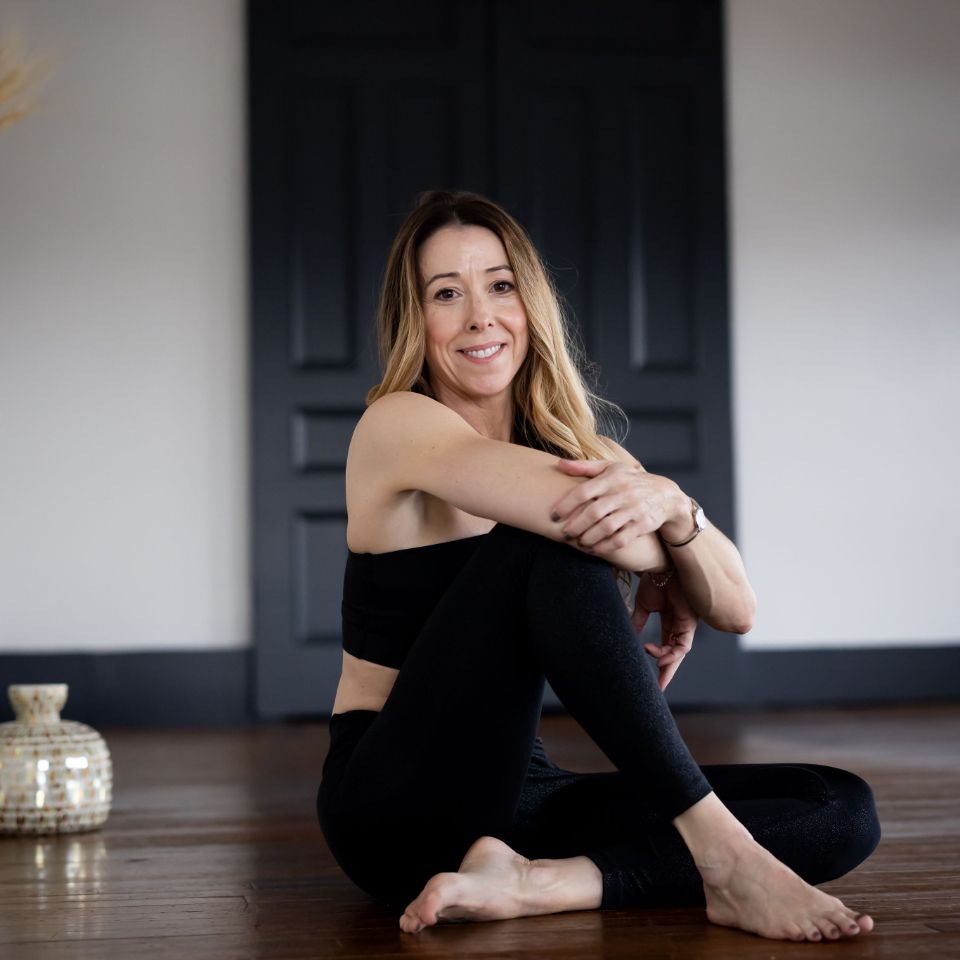3 Tips for Getting Into Forearm Stand

Forearm stand, or pincha mayurasana, is a great pose for beginners to experiment with an intermediate level inversion. I would say there are 3 basic levels of ability and progressive techniques to get into the full pose unassisted.
Forearm Stand is Accessible for Beginners
I really think that the building blocks getting into this pose are a great lead up to handstand. It just makes sense to me...because proprioception-wise, this pose has all the ingredients but easier to balance.
- The base of support is basically the four corners of a square versus just two points.
- You gain confidence going upside down because there is more support.
- You learn about drishti or focus...where to put your eyes.
- You develop the core awareness of balancing upside down.
To Learn Handstand You Should Master Forearm Stand
Everyone wants to do handstand. It's one of those milestones. An achievement. It's a big deal. But there are steps you need to take first to get there, and the biggest one is FEAR. If you can chip away at the fear by practicing a similar inversion, then you'll make your goals faster.
How to Do 3 Forearm Stand Drills:
1. Develop tricep strength by doing elbow touches from downdog. I think this one is often overlooked but it's the 'brakes' in forearm stand. If your body is tipping backwards, you need tricep strength to bring you back. It just makes sense then to make sure these are strong.
How to do the drill: From downdog, (on an exhale) slowly lower the elbows down to the mat. Inhale as you push back to straight arms. Do this a few times, gradually adding more reps. After doing this a few times per week over a couple of weeks, you'll have it.
2. Develop core and back strength by practicing kicking up with control. No wall needed, but you can use one if you want. Don't kick up all the way. Just practice grace and flow. This requires added strength. Plus you are now acclimating to being upside down and developing proprioception.
How to do the drill: From downdog, come down to your elbows. Step one foot part-way forward. Keeping the other leg straight, gently kick the leg up toward the ceiling. If you are doing this for the first time, your goal in this drill is to master the control it takes to lift into the pose. Period.
3. Get acclimated with being upside down by moving your kick up drill to the wall. You have now honed your 'brakes', gotten used to controlling your body as you go upside down, and you have support with a strap and a wall. It's time.
How to do the drill: Use a strap to support your arms, by making a loop and placing it just above your elbows. Tighten the loop to be just as wide or slightly smaller than shoulder width. Place your fingertips just an inch or two away from the wall. Practice the kick ups as you were before...but this time kick it like you mean it. A lot of students kick up like 90% of the way and wonder why it's not happening for them. Because you thought you were upside down in your drills...you might have to imagine kicking through the wall.
Yoga is a About the Journey
Even though the destination is where the fun is, do your best to enjoy the lessons along the way. Good luck...and remember to take a child's pose after your forearm stand drills.



